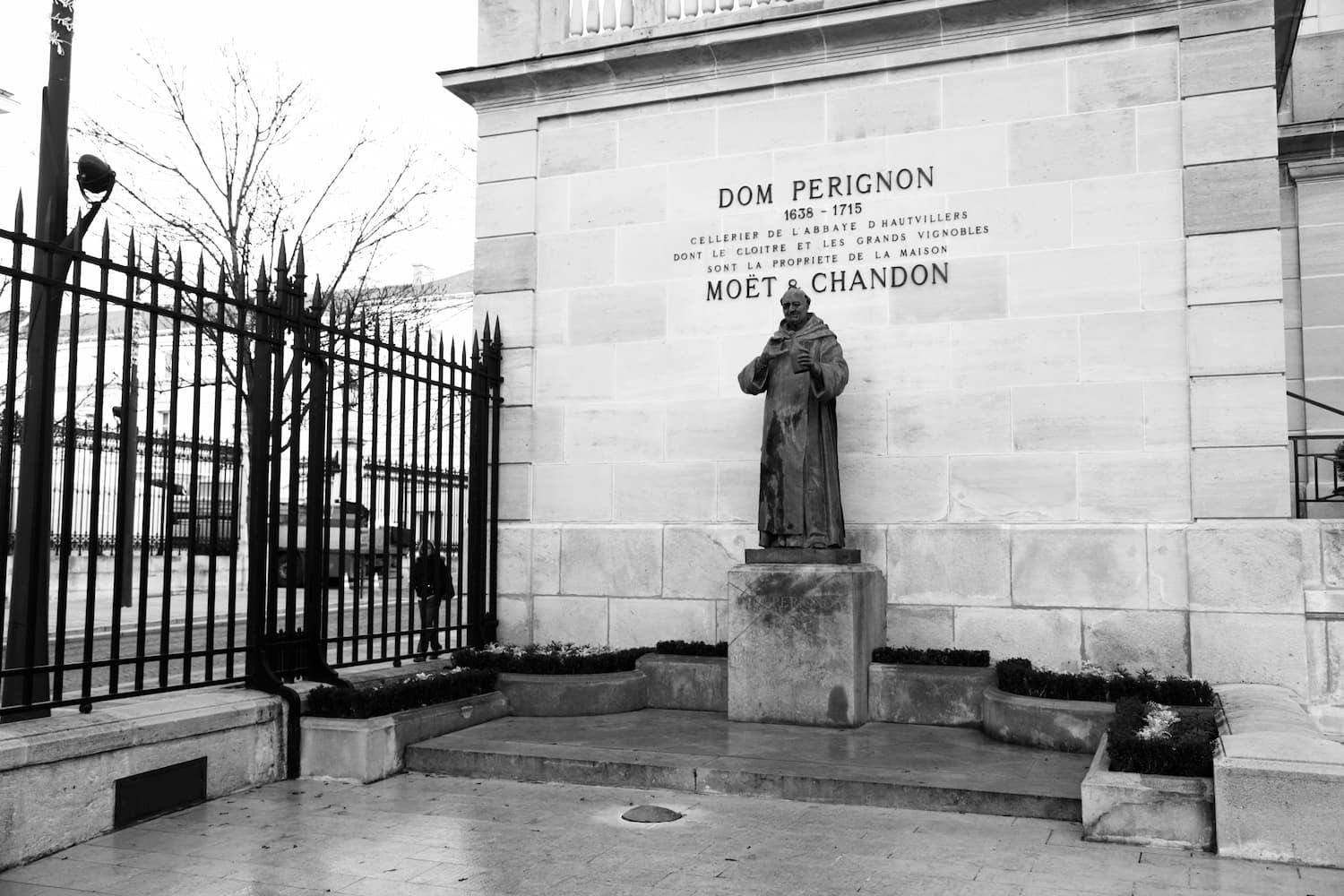June 24, 2024
The Legacy of Dom Pérignon: A Historical Journey

Dom Pérignon, a name synonymous with luxury and sophistication, has an illustrious history that dates back over three centuries. This iconic champagne, renowned for its elegance and exceptional quality, owes its legacy to a blend of innovation, tradition, and meticulous craftsmanship. This article takes you on a historical journey through the legacy of Dom Pérignon, exploring its origins, evolution, and enduring impact on the world of fine champagne.
The Origins of Dom Pérignon
The Man Behind the Legend
The story of Dom Pérignon begins with Dom Pierre Pérignon, a Benedictine monk born in 1638 in the Champagne region of France. Dom Pierre Pérignon was appointed as the cellar master at the Abbey of Hautvillers in 1668, where he dedicated his life to improving the quality of the wines produced by the abbey. Although the popular myth that he invented champagne is not entirely accurate, Dom Pérignon made significant contributions to the development of sparkling wine.
Innovations and Techniques
Dom Pierre Pérignon is credited with several key innovations that revolutionised winemaking in the Champagne region:
- Blending of Grapes: Dom Pérignon mastered the art of blending different grape varieties to create a harmonious and balanced wine. This practice is now a cornerstone of champagne production.
- Pruning Techniques: He implemented advanced pruning techniques to improve the quality and yield of the vines.
- Bottle and Cork Improvements: Dom Pérignon introduced the use of thicker glass bottles and cork stoppers, which helped contain the pressure of the sparkling wine and prevent bottles from exploding.

The Establishment of the Dom Pérignon Brand
The 18th and 19th Centuries
The legacy of Dom Pierre Pérignon lived on long after his death in 1715. The techniques and principles he developed continued to influence winemaking in the Champagne region. In the 18th century, the fame of Dom Pérignon's methods spread, and the demand for sparkling wine from Champagne increased.
Moët & Chandon's Role
The modern history of Dom Pérignon as a brand began in the early 20th century when the house of Moët & Chandon decided to create a prestige cuvée in honour of the legendary monk. In 1936, the first vintage of Dom Pérignon was released, using the best grapes from the best vineyards in Champagne. This marked the beginning of Dom Pérignon's journey as a symbol of luxury and excellence.
The Evolution of Dom Pérignon
Post-War Era and Global Recognition
After World War II, Dom Pérignon gained international recognition as one of the finest champagnes in the world. The brand's association with prestige and celebration made it a favourite among royalty, celebrities, and discerning connoisseurs. Key milestones during this period include:
- 1950s: Dom Pérignon became the official champagne served at royal and state events, further solidifying its status as a symbol of luxury.
- 1971: A historic auction at Christie’s in London saw a bottle of Dom Pérignon 1921 sold for a record price, highlighting its value as a collector’s item.
Innovation and Quality
Throughout its history, Dom Pérignon has remained committed to innovation and quality. The house continues to refine its winemaking techniques and invest in research and development to ensure each vintage is a masterpiece. Notable innovations include:
- Plénitude Concept: Introduced under the guidance of Chef de Cave Richard Geoffroy, the Plénitude concept celebrates the different stages of a vintage’s evolution. The P2 and P3 series represent the second and third Plénitudes, showcasing the champagne’s potential over extended ageing periods.
- Sustainable Practices: Dom Pérignon has embraced sustainable viticulture and eco-friendly production methods, reflecting a commitment to environmental responsibility.

The Modern Era of Dom Pérignon
The leadership of Richard Geoffroy
From 1990 to 2018, Richard Geoffroy served as the Chef de Cave for Dom Pérignon, leading the house through a period of remarkable transformation. Geoffroy’s tenure was marked by a blend of tradition and innovation, ensuring that Dom Pérignon remained at the forefront of the champagne industry. His contributions include:
- Precision in Blending: Geoffroy emphasised the importance of precision in blending, using his expertise to create vintages that reflect the unique character of each year.
- Artistic Collaborations: Under Geoffroy’s leadership, Dom Pérignon collaborated with renowned artists and designers, resulting in limited edition bottles and unique packaging that celebrate creativity and innovation.
Continuation Under Vincent Chaperon
In 2019, Vincent Chaperon succeeded Richard Geoffroy as Chef de Cave. Chaperon continues to uphold the values and principles established by his predecessors, ensuring that Dom Pérignon remains synonymous with luxury, quality, and excellence. His focus on terroir-driven winemaking and sustainable practices reflects the house’s ongoing commitment to innovation and tradition.
The Enduring Legacy
Cultural Impact
Dom Pérignon’s impact extends beyond the world of wine. It is a cultural icon, celebrated in art, music, and popular culture. From being featured in films and songs to gracing the tables of high-profile events, Dom Pérignon embodies sophistication and prestige.
Collector’s Item
Dom Pérignon is not only a luxurious beverage but also a prized collector’s item. Rare vintages and limited editions often fetch high prices at auctions, making it a valuable investment for wine enthusiasts.
The legacy of Dom Pérignon is a testament to centuries of dedication, innovation, and craftsmanship. From the pioneering efforts of Dom Pierre Pérignon to the modern leadership of Richard Geoffroy and Vincent Chaperon, the house of Dom Pérignon continues to set the standard for excellence in champagne. As we celebrate the history and evolution of this iconic brand, we are reminded of its enduring impact and timeless appeal. Cheers to the legacy of Dom Pérignon, a true masterpiece in the world of fine champagne!
